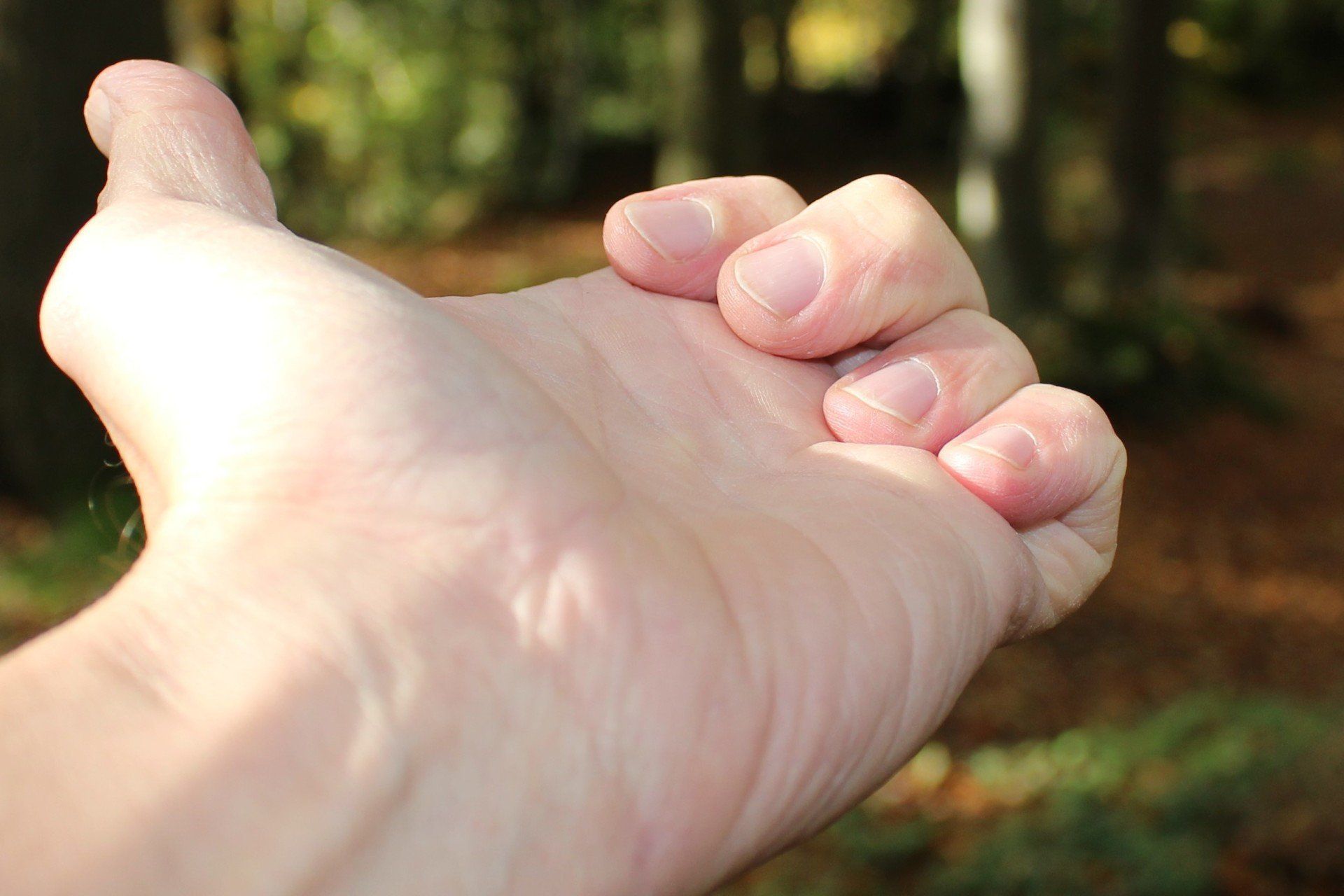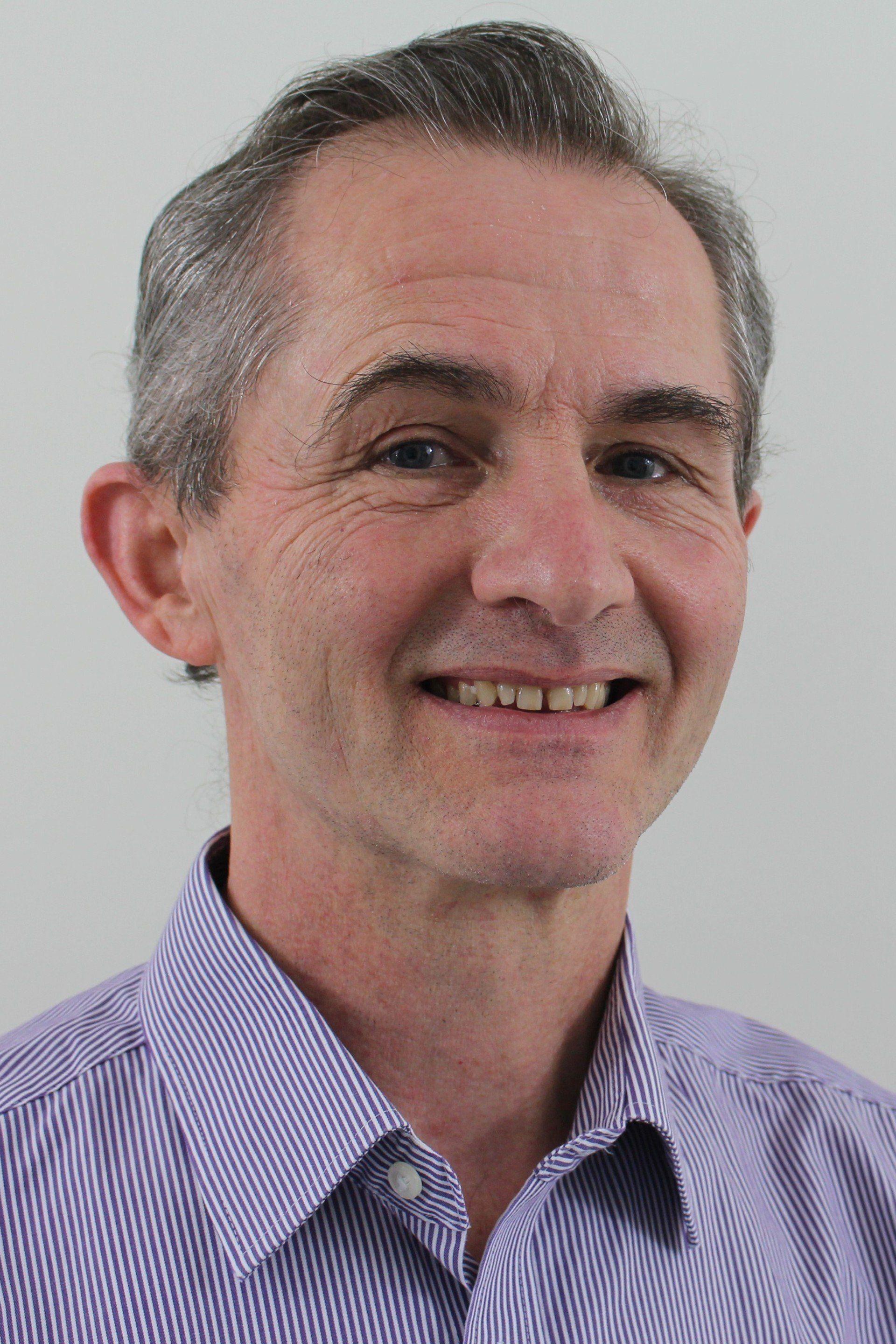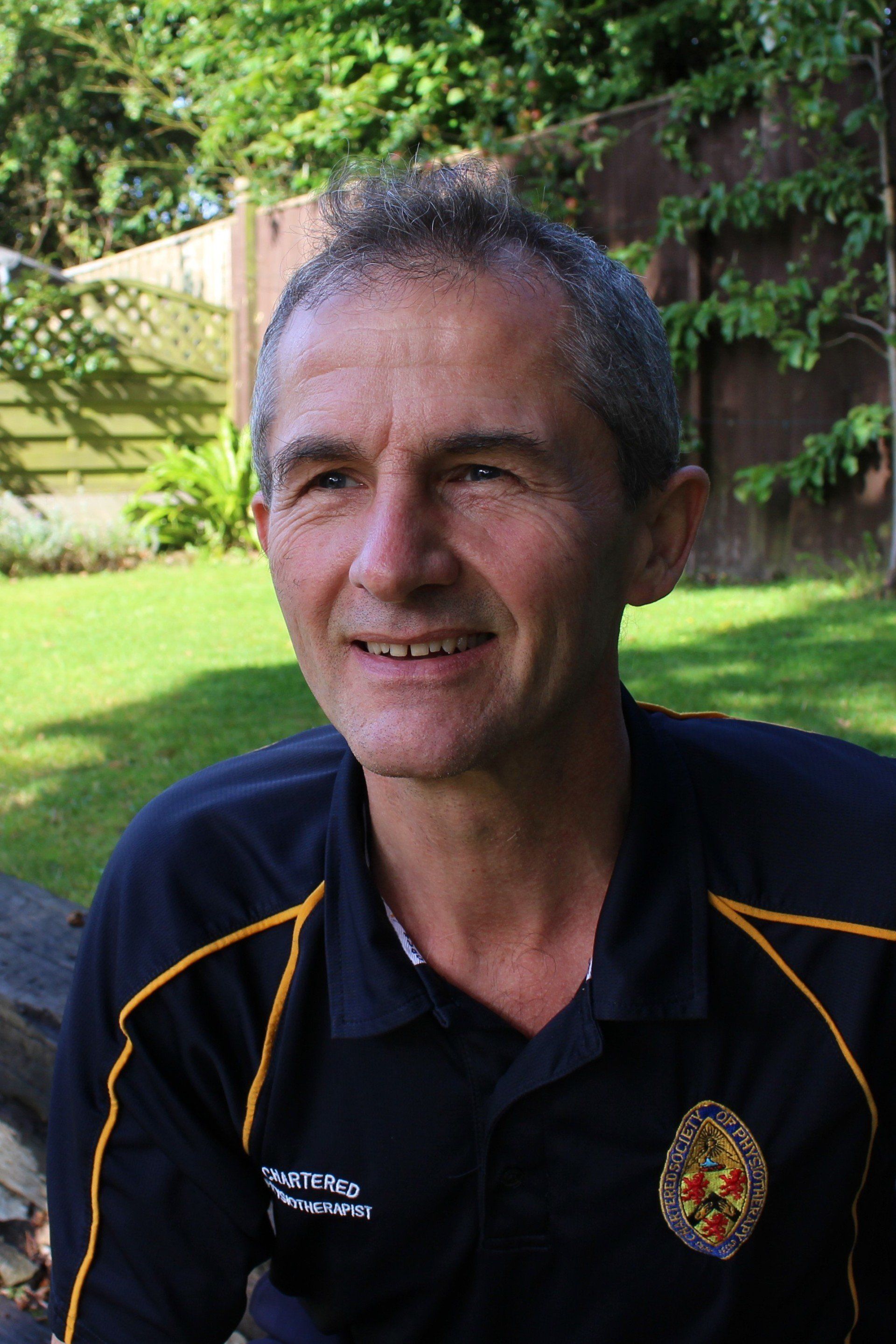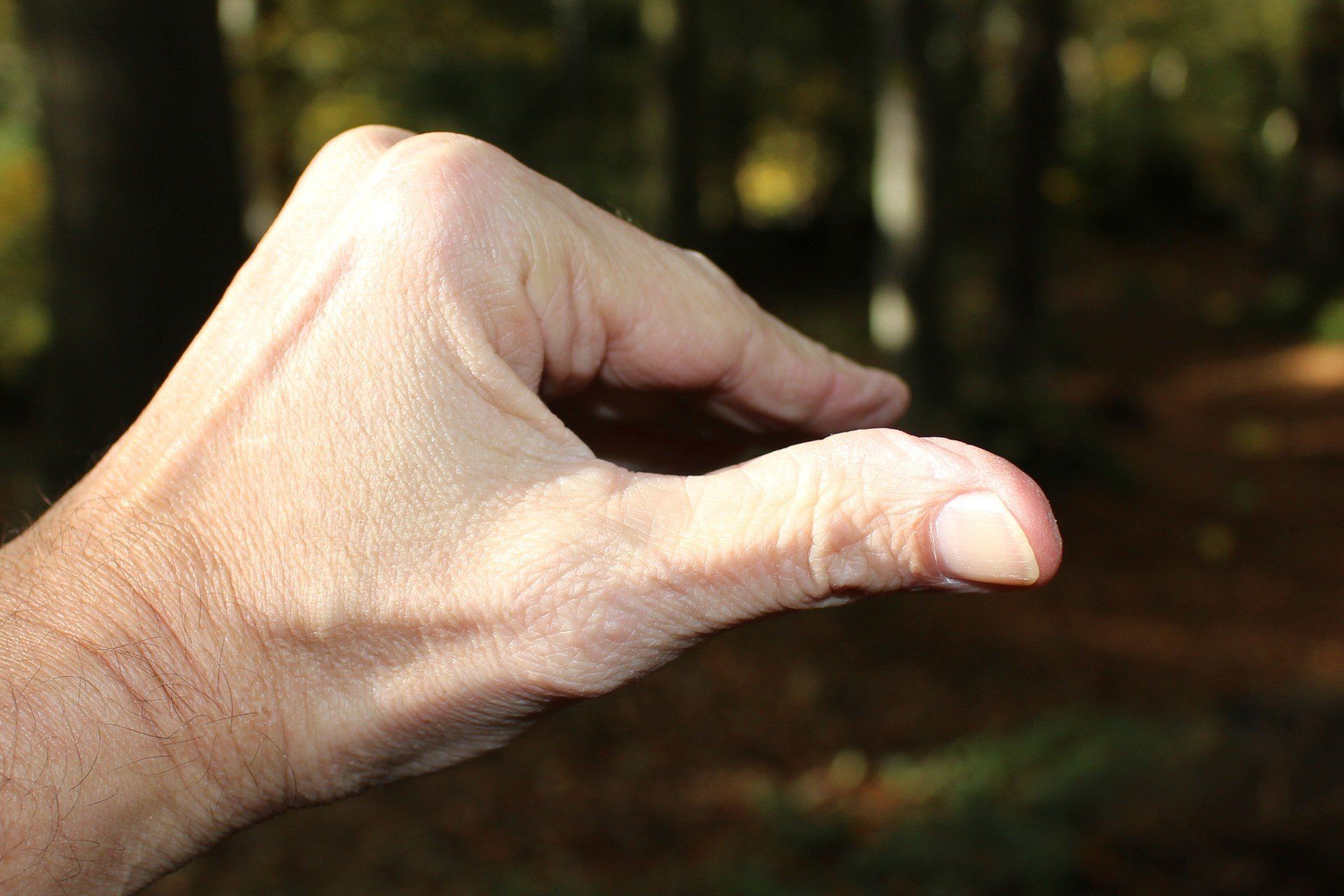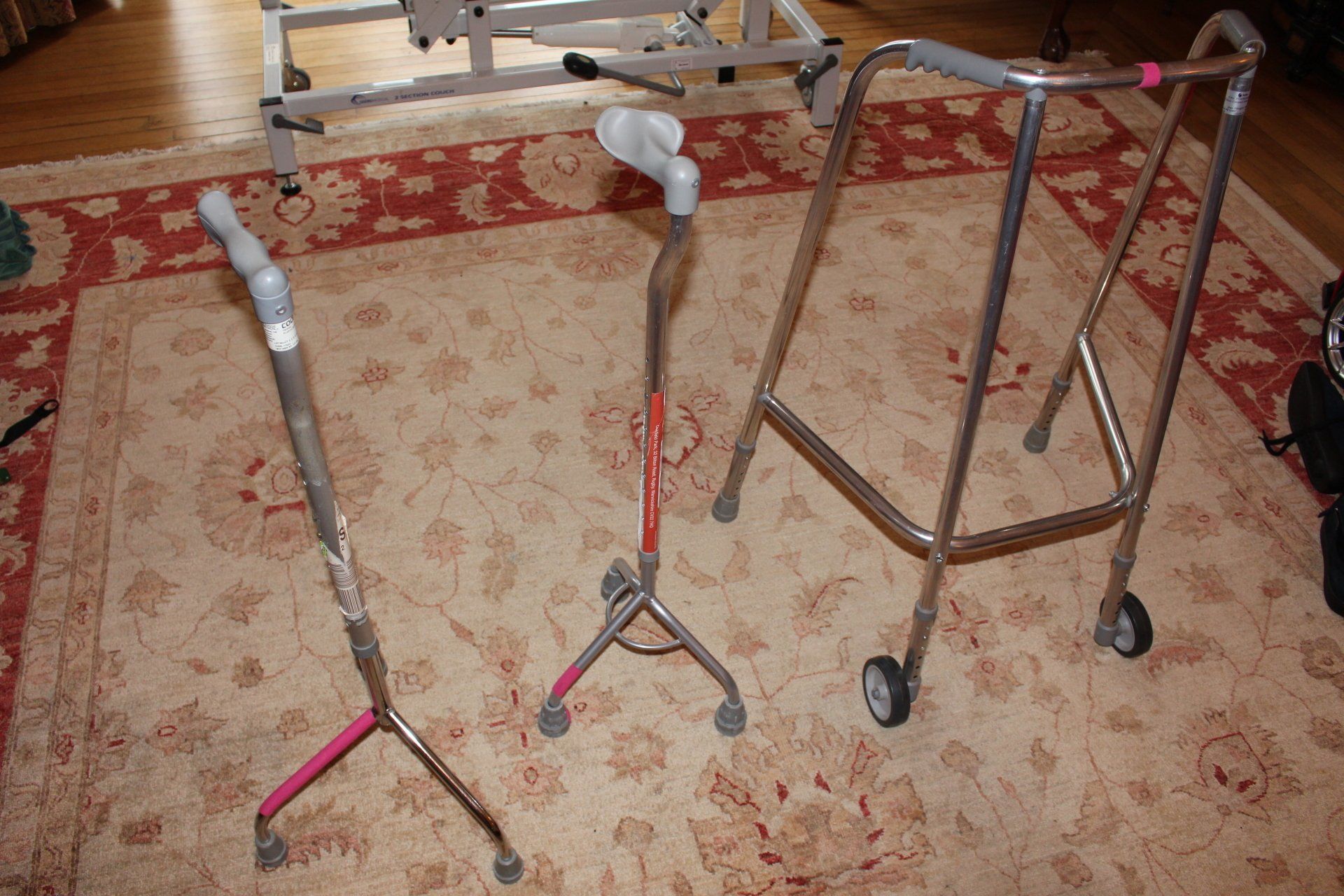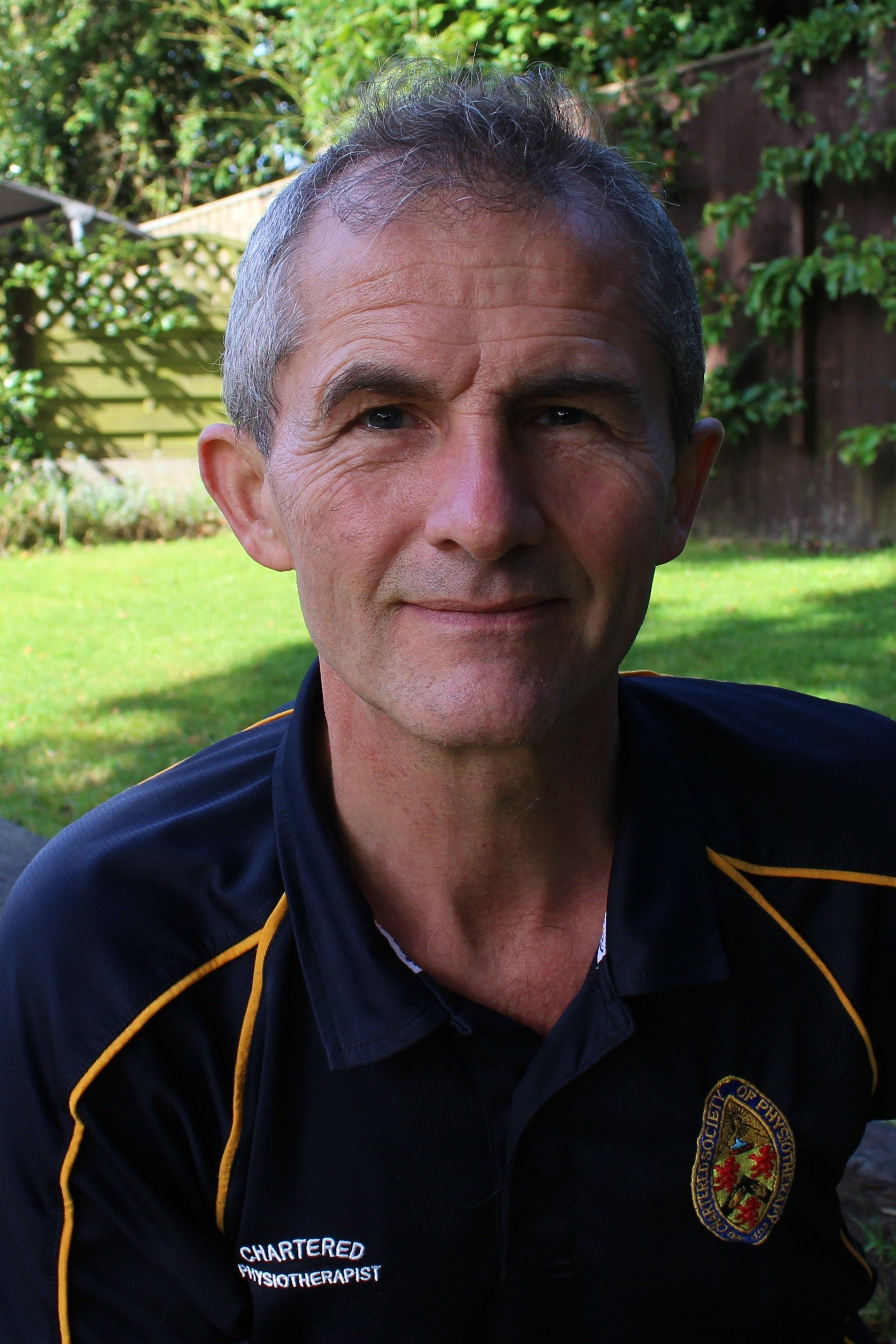The Seven Secret Esses of Training
There aren't Seven, they're not very secret and don't all start with an S. Read on...
I hope you like the title... Actually there are at least Nine ! Whether you are training for the Tour de France or a local athletics club event, you're recovering from a Stroke, or you just want to exercise more for your health, you can do it better by adding variety. It'll be more fun and more effective. It is meant to be fun after all. Even if you're lucky enough to get paid for it.
I have put some videos up on Facebook about this and they have good solid content... they just might not be as entertaining as "Titanic". Certainly not as popular. More useful. Shorter, thankfully.
So here goes.
Stamina. Well what can you say about stamina training ... surely not much to say... you get on your bike, go for a run long and steady, get in the pool and plough up and down don't you ? Yes you do.... but if you leave it there then you have missed a trick. The great Canadian physiologist, John Douillard teaches a breathing technique that IMHO should be in everyones' skill set.
He calls it Darth Vader breathing. Just copy and paste that phrase into youtube and try to copy it... then try to gently exercise using it. First make sure you ( best done on a turbo trainer ) can take your pulse while exercising at a pre set and repeatable resistance.
Then learn the Darth Vader exercise and practice using it while you get used to exercising while you breathe in that way. Simples. What you will find is that your heart needs to work a lot less for the same workload. A little bit of magic.
Nearly everyone does far too much stamina work and not enough of the other. If performance of interest to you, whether you're a runner, cyclist or swimmer then aim for more variety. For most of us, a long period of exercise is only needed once a fortnight. By that I mean bike rides over 20 miles, runs over 5 miles, swimming over a mile.
If you are in the higher echelons of sport you can disregard those numbers, they are different for you. But most of them will still be over doing the long slow stuff.
Strength. Strengthening exercise needs to be quite specific to the sport. If you are a runner then running against resistance... towing a car tyre is often used. On a bike ride up a hill in too high a gear. You don't need to use a massive resistance to get an increase in strength.. but if you use a lower resistance you need to do it for longer. You still get more strength.
Speed. On a bike you need to make your legs go faster until you start to bounce in the saddle, repetitively. in bursts. I do mine under a doorway and reach up to fix my hands on the lintel. Less bounce more speed. Runners.... run down hills as well as up. Near my house there is a lovely wood with a good path through it. There's a section of about 150 metres where the track goes down hill and then back up. Not steep. Down hill I can run faster than I ever can on the track, no surprise. The uphill slows me down nicely without going base over apex. Olympic sprint winner Alan Wells was one of the first to really do a lot of arm work, particularly a boxing exercise with a speed bag. He was pretty good. Has faced a lot of allegations about steroid use. I have no idea whether guilty or not, but the exercise would, in fact, be quite sufficient on it's own. Controversial.
Skill. The last exercise is also a skill one. As is pedalling with one leg. Runners; do some work on form, arm form, striding, bounding and hill reps too.
Surge. Also known as plyometrics, essentially it's practicing accelerations... from medium to nearly flat out and with a little too much resistance for comfort ! If it won't upset the neighbours, practicing standing broadjumps ( a bunny hop if you like ) up the stairs. With practice you should be able to jump the height of your inside leg. Maybe more. Consider wearing shin pads, especially if you are not used to doing this kind of thing.
Suppleness or Stretch. This is important and counts as a training session. Which means that you need to recover after it. This is not to be done immediately prior to a different category of training or a race. You can do some light stretching before ordinary exercise, but don't work at it like you are trying to increase your base line range of movement. Too late for that just before competition.
Sychology ( sic ). Well it sounds like an ess. Motivating the highest performers is not a job for a short article like this. For the rest of us its about keeping it fresh and fun. So lots of variety is the way. With friends. Without. Indoors. Outdoors. Circuit or Gym training . Classes like spin for example. Ride a bike. Run. Swim. Play a game. Consider training with someone like me who has a great sense of humour and is really fun to be with. Well it said so on my Veggiedate.org web profile. So it must be true, right ? The lady I married in 2005, a consequence of that might disagree. But we are still married and still talking to each other. Result.
There is interesting research about now, showing the dramatic jump in pace that people can tolerate in competition. So practicing competitions may in itself provide some of the boost needed to sharpen your performances, if performance is indeed your goal.
The Eighth secret S is Sustenance ...food. I recommend only eating things that you can recognise what plant it came from. Cook in water, steam or bake. Using oil adds calories you can't use well and removes too much water from the food itself, as you are cooking at artificially high temperature. Meat is not necessary to live on, so if you eat it do so sparingly. Anything from the dairy is not necessary. Humans are the only species to take milk from another species, and consume as adults. It isn't a good source of calcium either. Western society is facing an epidemic of osteoporosis and is consuming dairy like it's going out of fashion. Which it also is.
Sleep. Sleep is a marvellous thing. If you are a parent you don't need this pointing out. Its great if it's you and it's great if other people ( especially the little ones ) are doing it. If you are not a parent, learn to treasure it. Many of us treat sleep like an inconvenience ( well I was young once too ) . Actually sleep is an amazing resource for the keen competitor and those recovering from illness. During sleep the whole hormone balance in your body changes, improving repair and response to training. Team Sky, love em or hate em, know STUFF. They even used to take their own mattresses to Hotels, to maximise the benefits of sleep.
I can't recommend it, but have to note that some of my own best performances, have been after a really rubbish night's sleep. So figure that out if you can. So I am glad to be of the opinion that there is still a little bit of magic to be figured out about how humans tick.
More research needed then.
sFun. Short for it's fun. I hope you didn't come here for the jokes, as they are pretty much in the category of "Dad Jokes" . I allow myself this little luxury as being a Dad has taught me a lot.
Physio for Stroke, Head Injury, Parkinson's Disease, Spinal Cord Injury
